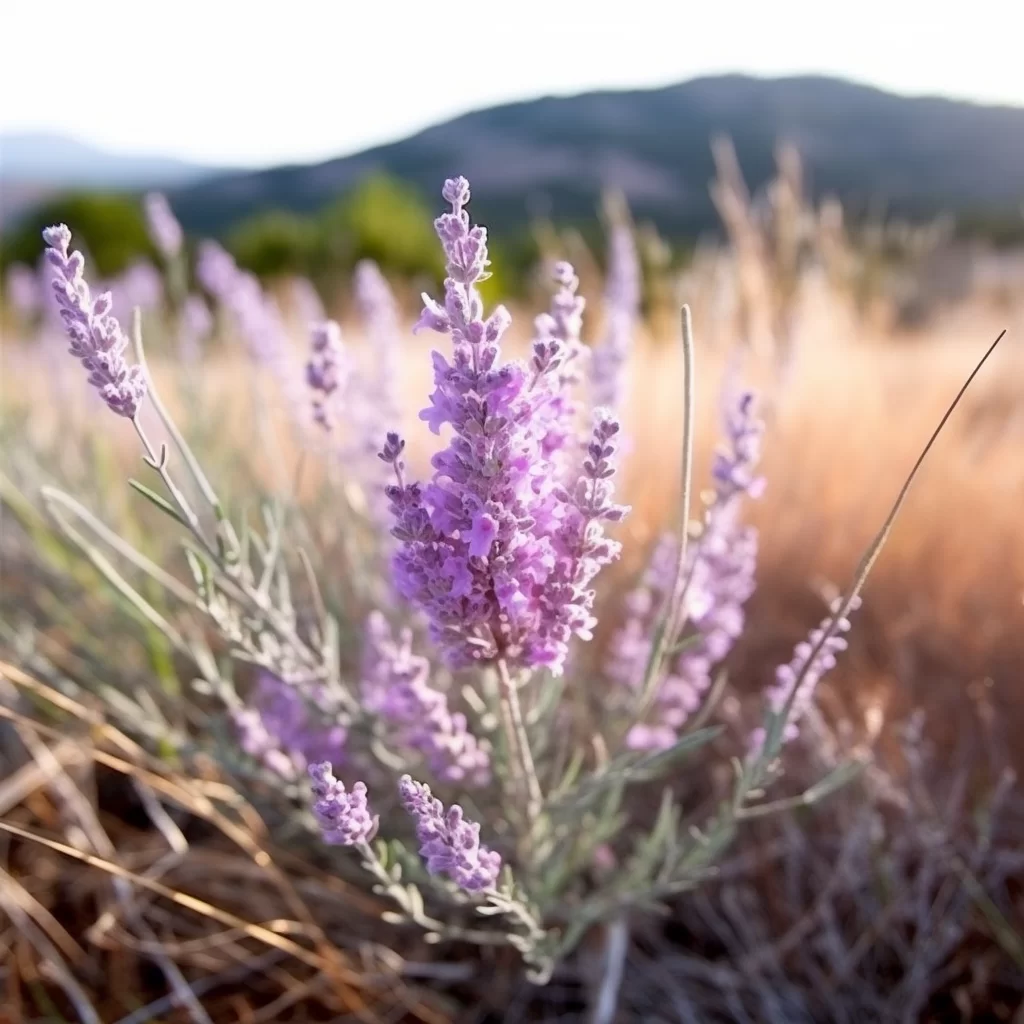Story of Day :
Contents
The Complete Guide to Spanish Lavender Plant Care
Are you looking for a beautiful and fragrant addition to your garden? Look no further than the Spanish Lavender plant! This popular perennial herb is known for its colorful blooms and strong fragrance.
In this complete guide, we’ll cover everything you need to know about caring for your Spanish Lavender plant.
What is Spanish Lavender?
Spanish Lavender, also known as Lavandula stoechas, is a species of flowering plant in the mint family.
It’s native to the Mediterranean region and produces beautiful purple flowers that bloom in early spring through summer.
The plant has narrow leaves that are gray-green in color with a silvery sheen.
Choosing the Right Location

If you’re considering adding a Spanish lavender plant to your garden, it’s important to choose the right location.
These plants thrive in full sun and well-draining soil.
Make sure the area receives at least six hours of direct sunlight per day.
- Select an area with well-draining soil: Like most lavender species, Spanish lavender prefers dry soil conditions rather than damp ones.
If water does not drain quickly enough from heavy clay soils or areas that are poorly drained due to compaction or slope issues, excess moisture can damage roots leading plants towards disease problems or even death.
- Maintain proper spacing: Make sure there’s plenty of space between plants when planting them out because overcrowding can lead them toward fungal diseases like powdery mildew which affects growth and overall appearance too.
Caring for Your Plant
In order for your Spanish Lavender plant to thrive and produce beautiful blooms year after year, it’s important to provide regular care:

- Watering: Spanish Lavender plants do not require much water.
Only water when the top inch of soil is dry to the touch, and be sure not to overwater as this can lead to root rot.
- Fertilizing: Lavender plants don’t need much fertilization.
Avoid feeding your Spanish lavender plant with high nitrogen fertilizer, which will encourage leaf growth at the expense of flowers.
Use a low-nitrogen, high-phosphorus fertilizer once or twice in a year for optimum results.
- Pruning: Pruning is essential with this plant species because it helps keep its shape and promotes healthy growth and blooming cycles over time.
It’s best to prune your Spanish Lavender in early spring or late winter before new growth begins, snipping back about one-third of each stem while removing any dead wood or spindly shoots from the base.
- Mulching: Mulch around lavender plants keeps moisture within the soil acting as an insulator that protects roots during wintertime freezes while also helping deter weed growth throughout the growing season too.
Pests and Diseases
The good news is that Spanish Lavender plants are generally resistant to most pests! However, they can suffer from fungal diseases like crown rot if they’re grown in poorly-draining soil with excessive watering habits leading towards root damage problems quickly spreading upward into foliage thereafter..
To avoid such issues it’s recommended planting them on higher ground than surrounding areas creating a slope effect where excess water drains away rather than collecting around their roots area causing problems down-the-line leading towards death eventually due to lack of sufficient oxygen supply caused by stagnant water-filled soils /pottery/containers etc.

In conclusion,
Spanish Lavender plant care may seem intimidating at first, but it’s actually quite easy once you understand the plant’s basic needs.
Remember to choose a sunny location with well-draining soil, provide regular watering and fertilization as needed, prune regularly and mulch around the base of the plant to protect its roots during winter.
With just a little bit of care, your Spanish Lavender plant will provide years of beautiful blooms!